This article is about the Pumpkin and what you can do with him everything. I'll show you what seasons you can get pumpkin, why it's so healthy, and also present three delicious vegan pumpkin recipes that will allow you to eat pumpkin all week and still get enough variety. Let's go!
Here is another short Table of contents for you:
- Pumpkin - Seasonal & Regional
- Pumpkin is healthy
- What is edible in the pumpkin?
- Pumpkin storage
- 3 pumpkin recipes
- Closing words
Eat pumpkin seasonally and regionally
Eating vegan, seasonal and regional is definitely the most environmentally friendly way to eat. In autumn and winter, pumpkin is perfect for this here in our latitudes. Vegan pumpkin recipes are great for eco-friendly and delicious cooking.
If you are even more interested in the impact of your diet on the climate, I recommend you check out in my post Nutrition & Climate to look. Eating pumpkin regularly during the season, in any case, greatly improve the personal eco-balance.
Why is pumpkin healthy?
Especially the many vitamins, minerals and fiber make the pumpkin healthy. The pumpkin is extremely low in calories, contains only a few carbohydrates and is, however, also satiating. It is therefore ideal for a low-carb diet or a diet, although I would recommend both only temporarily.
Of course, depending on the variety of pumpkin, the nutritional value is different. The good thing about pumpkin is that it contains many different vitamins, namely the Vitamins A, C, E and K are covered. It also includes little Sodium, but for this Iron, Magnesium and Potassium. Thus, pumpkins are well suited to absorb a wide range of micronutrients. However, if you need to increase your intake of a single micronutrient for health reasons, you should look to other fruits and vegetables.
Of course, the best thing about pumpkin is that it is not only healthy, but also tastes super delicious. Especially in winter there are many great and warming vegan pumpkin recipes. With all the different delicious pumpkins, you'll get your vitamins even in the winter when there aren't as many fruits around. If you want to know more about healthy eating, check out our Nutrition Blog over.
Pumpkin - what is edible?
Depending on the variety, it varies what is edible on the pumpkin. Theoretically, you could eat most pumpkins with the peel, but it may take a long time for the peel to soften. Therefore, it is often advisable to peel the pumpkin or to remove the flesh from the peel after cooking.
It is easiest with the Hokkaido pumpkin, this you can eat with shell. That's why I recommend here to put value on organic quality. With the Hokkaido you only have to cut off the stalk at the top. You can also dry and roast the pumpkin seeds and make your own pumpkin seeds. With butternut squash, it takes a relatively long time for the skin to soften. Therefore, I recommend you either peel the pumpkin beforehand or separate the flesh from the peel after baking or cooking. Also with the nutmeg pumpkin it takes a long time until the skin becomes soft. Therefore, it is also worthwhile to peel the pumpkin before preparation.
How and where to store pumpkin
It is best to store the whole pumpkin cool and dry. Thus, the cellar or a slightly cooler storage room is best. Depending on the weather, you can also simply store the pumpkin outside, if you have the possibility.
If you have already cut the pumpkin, you should definitely store it in the refrigerator and eat it within a few days. I always cook or bake the whole pumpkin and then store the cooked pumpkin pieces in the refrigerator or freeze them. Frozen pumpkin pieces will keep for about four to five months.
Vegan pumpkin recipes
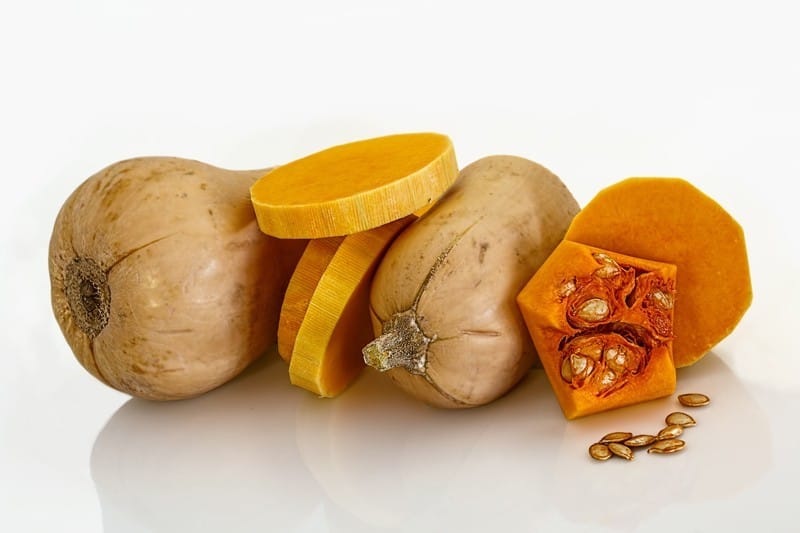
Warming vegan pumpkin soup for the cold months
- 2 butternut squash
- 2 cans coconut milk
- Salt and pepper to taste
Preheat oven to 180 degrees, cut tops off pumpkins, cut pumpkin in half and remove seeds. Bake pumpkin with cut side down for one hour until pumpkin is soft. Then remove pumpkin from oven, let cool until you can touch it (!) and then separate flesh from skin. Place the flesh, while still warm, in a soup pot over medium heat, add the coconut milk and stir well. Bring to a boil briefly and then remove from heat. Then carefully puree the mixture with a blender or stand mixer and season to taste with salt and pepper.
Optional: If you want a very fine soup, you can still strain the soup through a sieve.
Optional: the pumpkin soup can still be refined with vegetables of your choice as an insert or fresh herbs. Especially well fit in my opinion sautéed red peppers or sautéed chickpeas (use pre-cooked chickpeas from the jar).
Vegan pumpkin recipe with baked butternut squash
You can vary this dish incredibly well and adapt it to your individual taste. I like Mediterranean cuisine, so I often use peppers, tomatoes and zucchini and a Mediterranean herb mix. If you want to keep it regional and seasonal, you can use mushrooms, broccoli, potatoes, kohlrabi, parsnips, tomatoes, cauliflower, peppers, zucchini and carrots in October.
- 1 butternut squash
- Diced vegetables to your taste
- 2 tablespoons dried herb mix - I prefer to use a Mediterranean herb mix.
- 1-2 garlic cloves
- Salt and pepper, to taste
- 1 tablespoon paprika powder
- 1 tsp curry powder
- A little oil
- Yeast flakes as topping
Preheat the oven to 180 degrees convection. Remove the pointed ends of the butternut squash, cut the squash in half and remove the seeds. Using a knife, score the inside of the squash crosswise, brush with a little oil and then season with the herbs, salt and pepper and bake the squash for about 20 minutes. In the meantime, cut the peppers, zucchini and a few tomatoes (or the vegetables of your choice) into small cubes, marinate briefly with a little oil, the paprika and curry powder, salt, pepper and a few herbs and sauté in the pan.
Once the squash has baked for 20 minutes, add the vegetable filling to the squash and bake for another 20 minutes. The rest of the filling that does not fit in the pumpkins, I just put in a baking dish next to the pumpkin.
Remove from oven, let cool slightly and top with yeast flakes.
Pumpkin fries - quick and easy vegan pumpkin recipe
It's best to use organic Hokkaido pumpkin, because you can eat the skin of the Hokkaido and you'll be ready even faster. For the pumpkin fries you need
- 1 organic hokkaido pumpkin
- A little oil
- Rosemary and thyme (the amount varies with the size of the pumpkin)
- Salt and pepper
Remove ends of squash, cut squash in half and remove seeds. Then cut the pumpkin into quarters and cut into slices similar to fries. Make sure that the slices are not too thick, otherwise the pumpkin will have to cook longer. Marinate with a little oil, salt, pepper and herbs and bake in the oven at 200 degrees for about 25 minutes. (depending on the size of the pumpkin pieces, the cooking time may vary slightly).
While the pumpkin is baking, you can prepare a delicious dip or salad. For a dip, I definitely recommend hummus, which is delicious and healthy. For some inspiration, you can check out my Hummus recipe post stop by. The pumpkin fries can be eaten as a side dish, with a salad or just as is. Leftover pumpkin fries you can simply store in the refrigerator and use the next day as an insert in the salad and eat cold.
My conclusion about the pumpkin
I find the pumpkin is an ideal autumn and winter vegetable, with which you can conjure up delicious warming dishes. In addition, the great nutritional value that makes the pumpkin healthy and the excellent eco-balance. Pumpkin is regional, seasonal and vegan, which makes it very resource efficient.
In terms of taste, environmental friendliness and health, vegan pumpkin recipes are almost unbeatable, which is why pumpkin regularly ends up on my plate in the fall and winter. If you've never eaten pumpkin (like I did a few years ago), I definitely recommend giving it a try. Have fun cooking the vegan pumpkin recipes.
Do you have any questions, tips or your own experiences with pumpkin that you would like to share? Then I look forward to your comment under this post.
All the best,

P.S.: If you have never tried to live vegan, you get in the article. Vegan lifestyle the best tips for your vegan start.

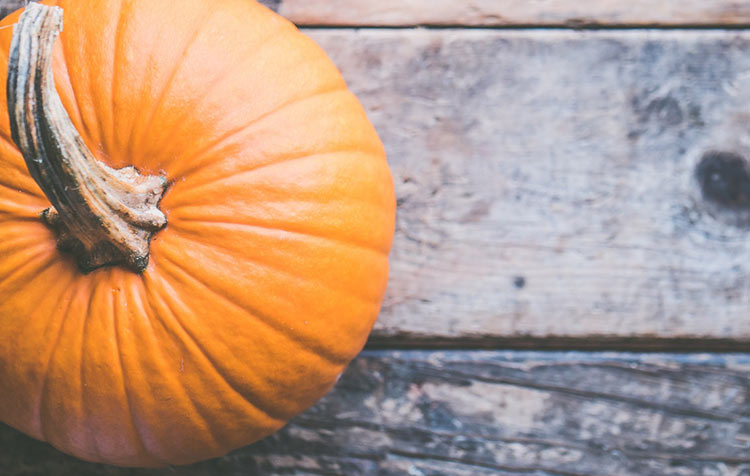
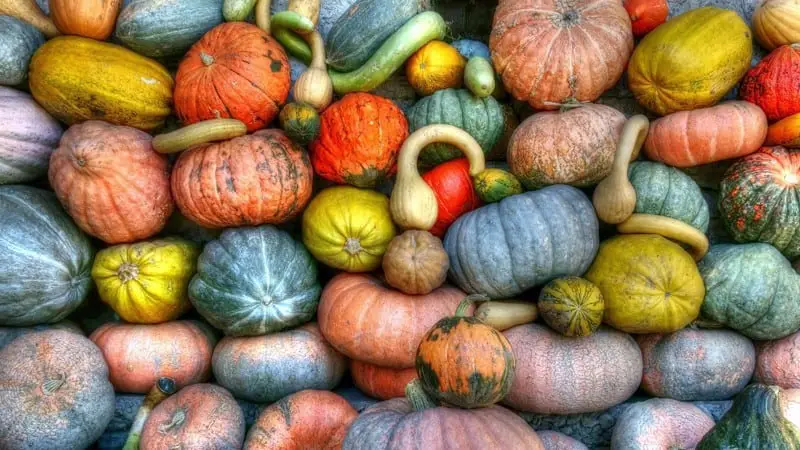
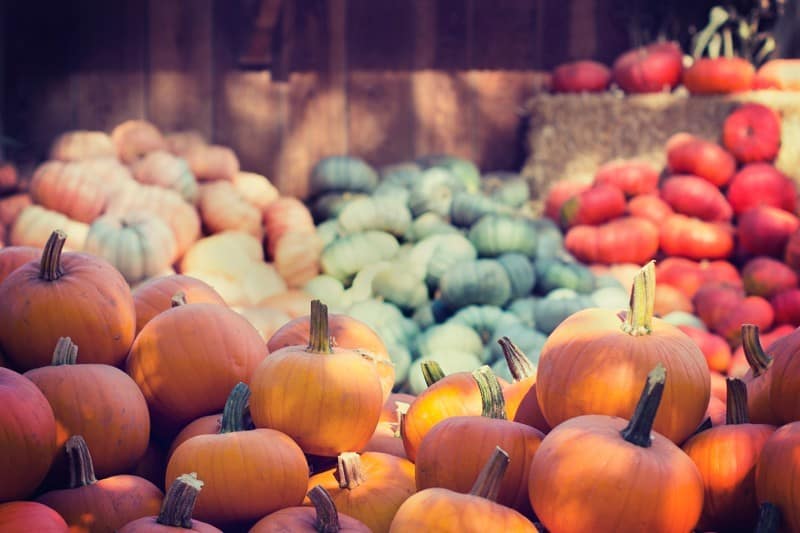
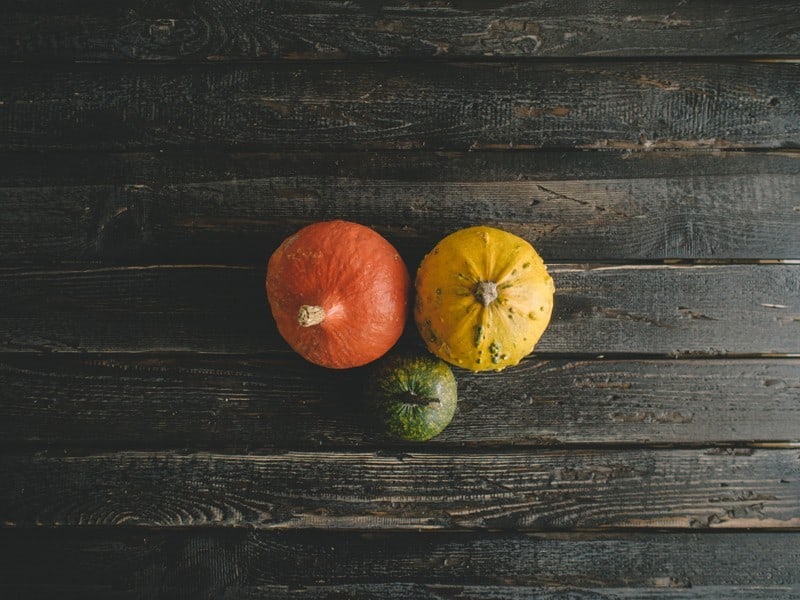
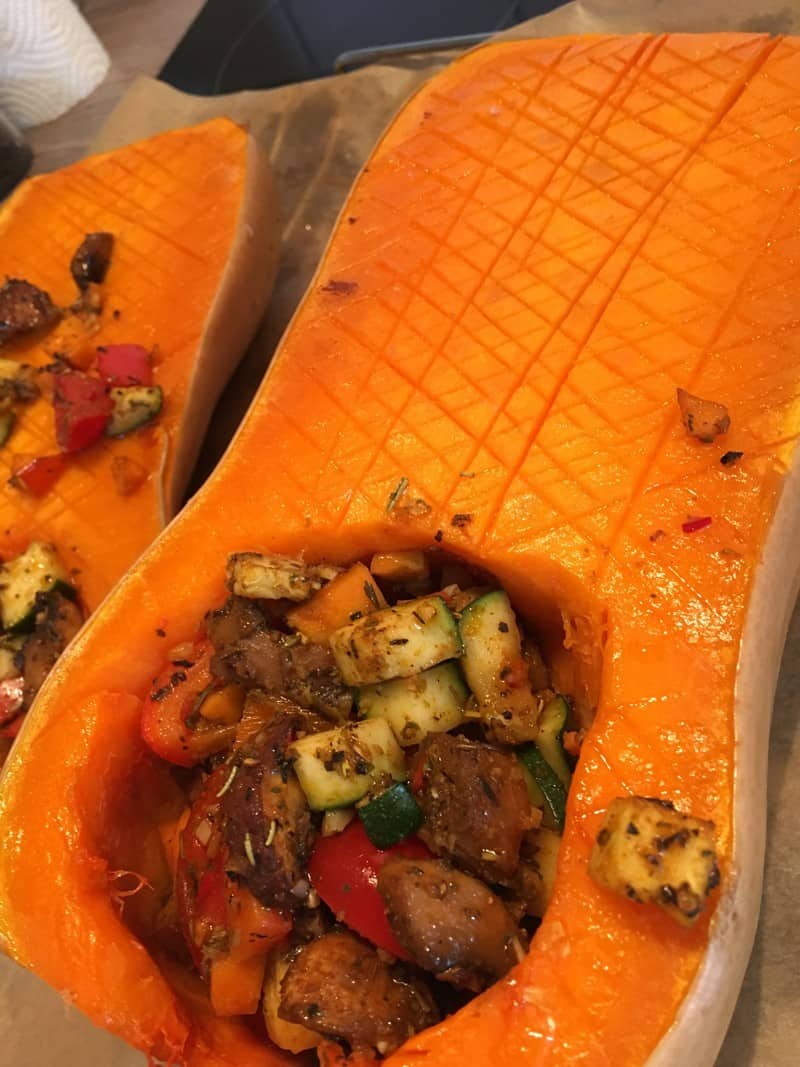
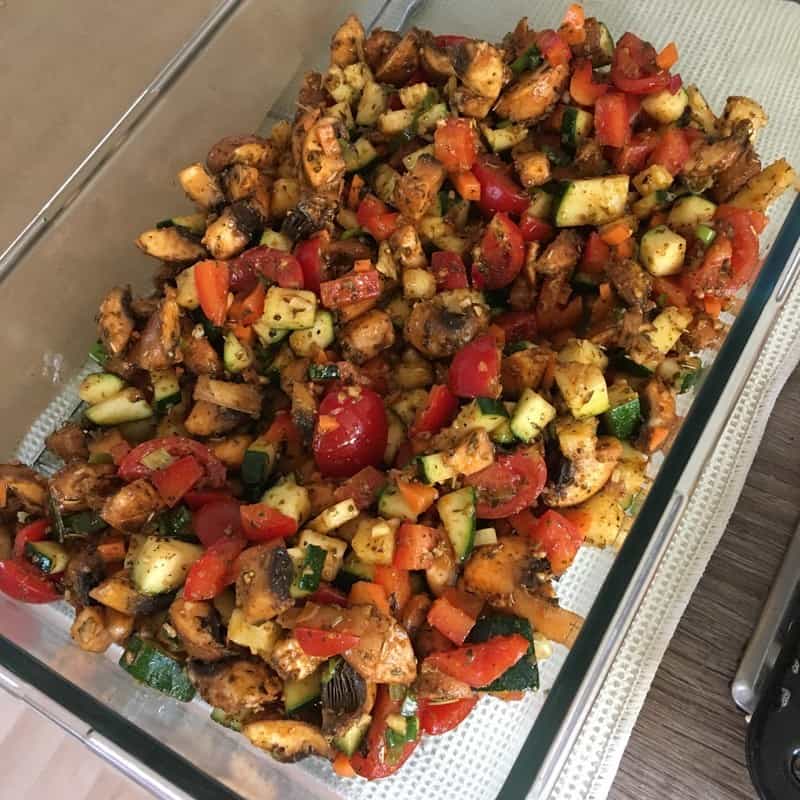
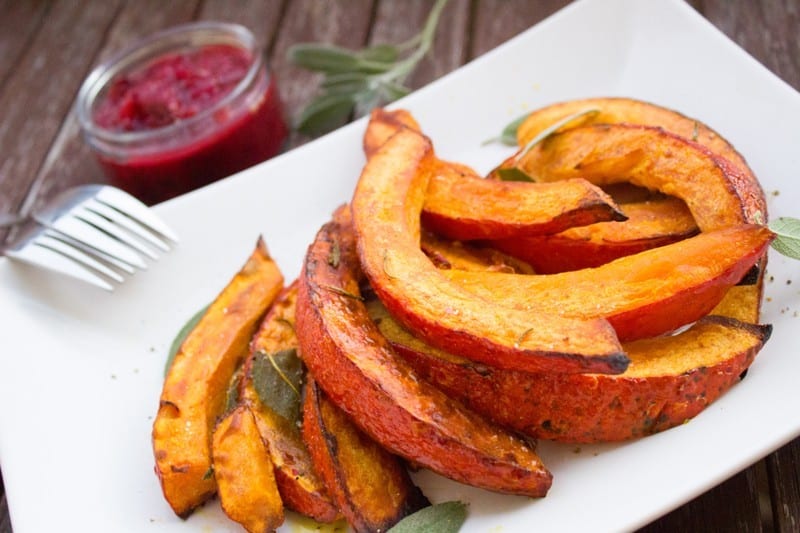
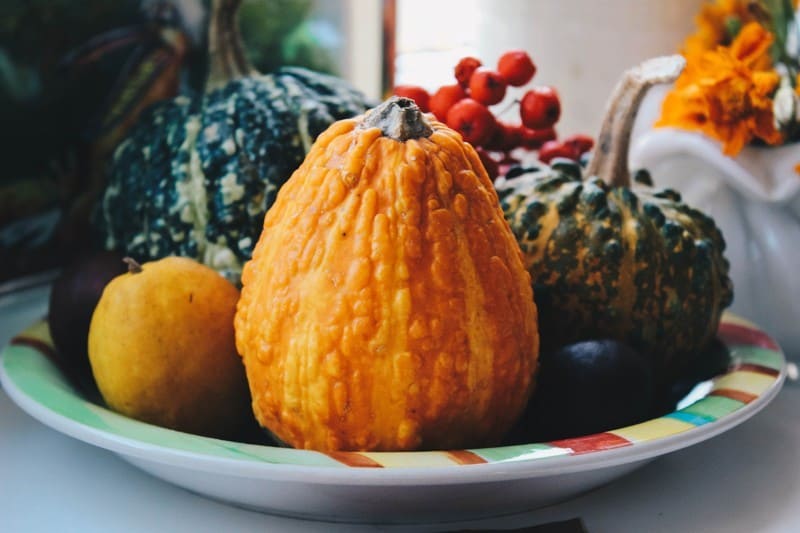




I always have pumpkin in October, looking forward to my homemade pumpkin soup!!!
Super Jutta! Bon appetite!
Many greetings,
Christoph
Comments are closed.